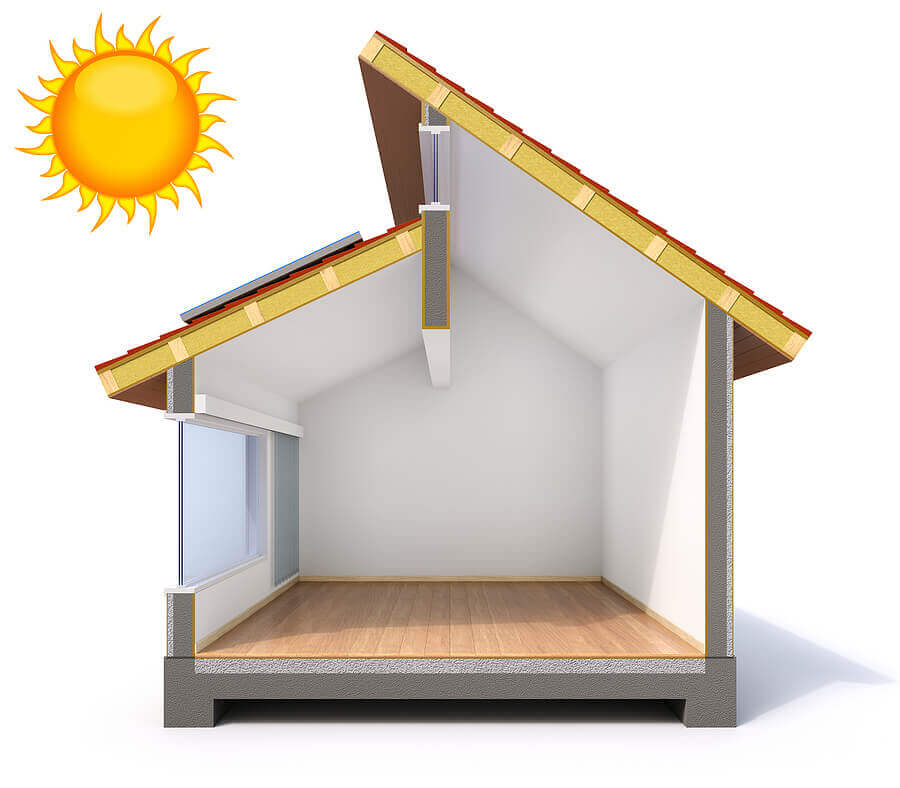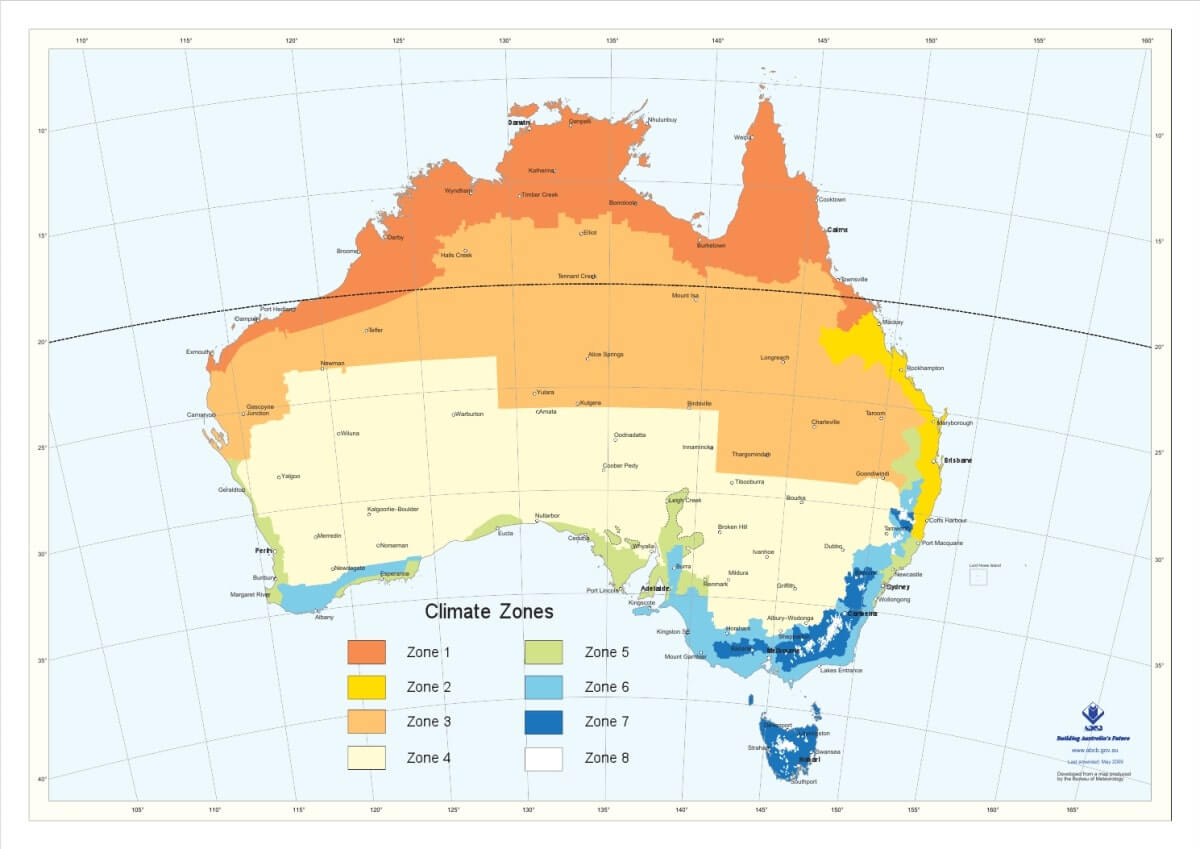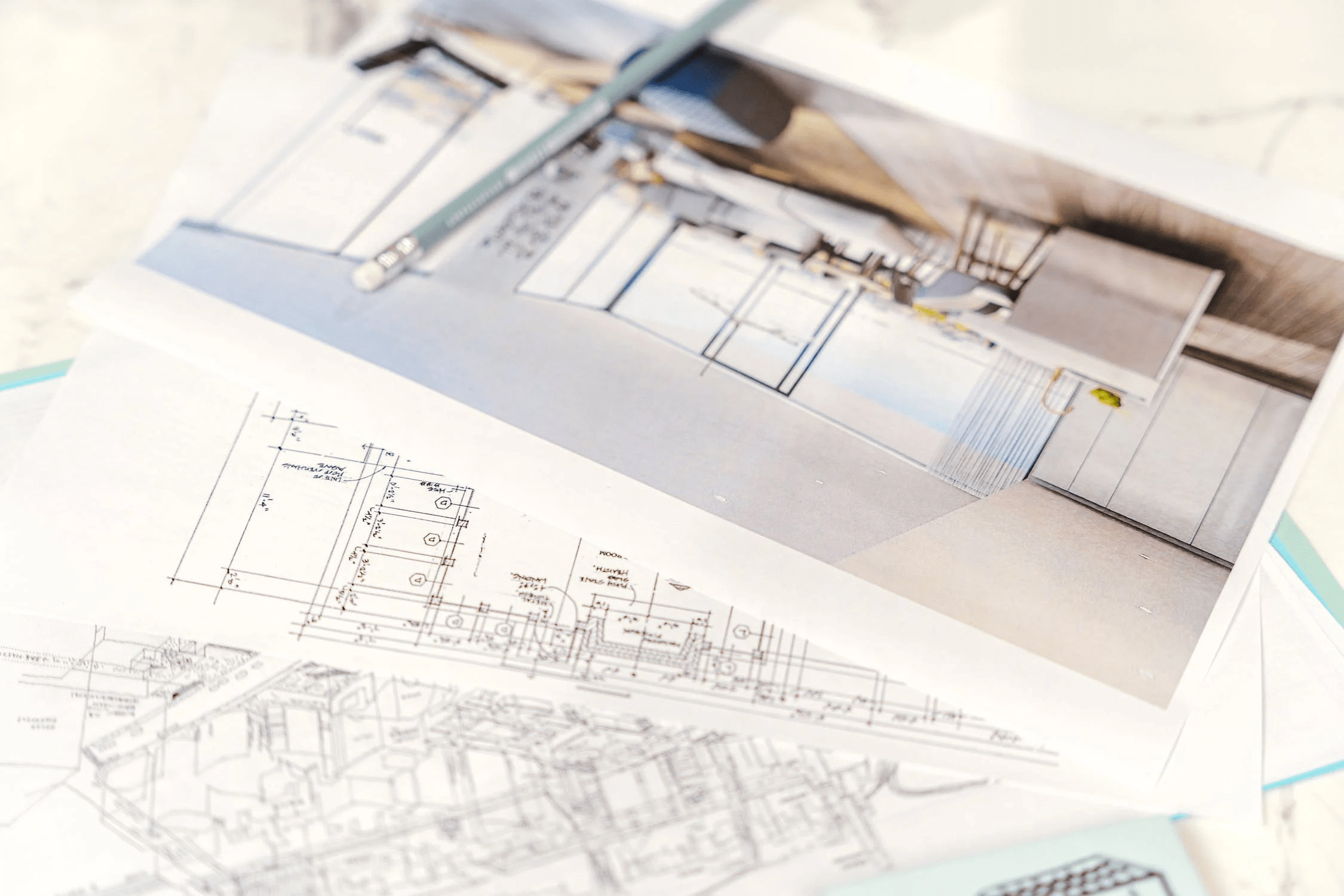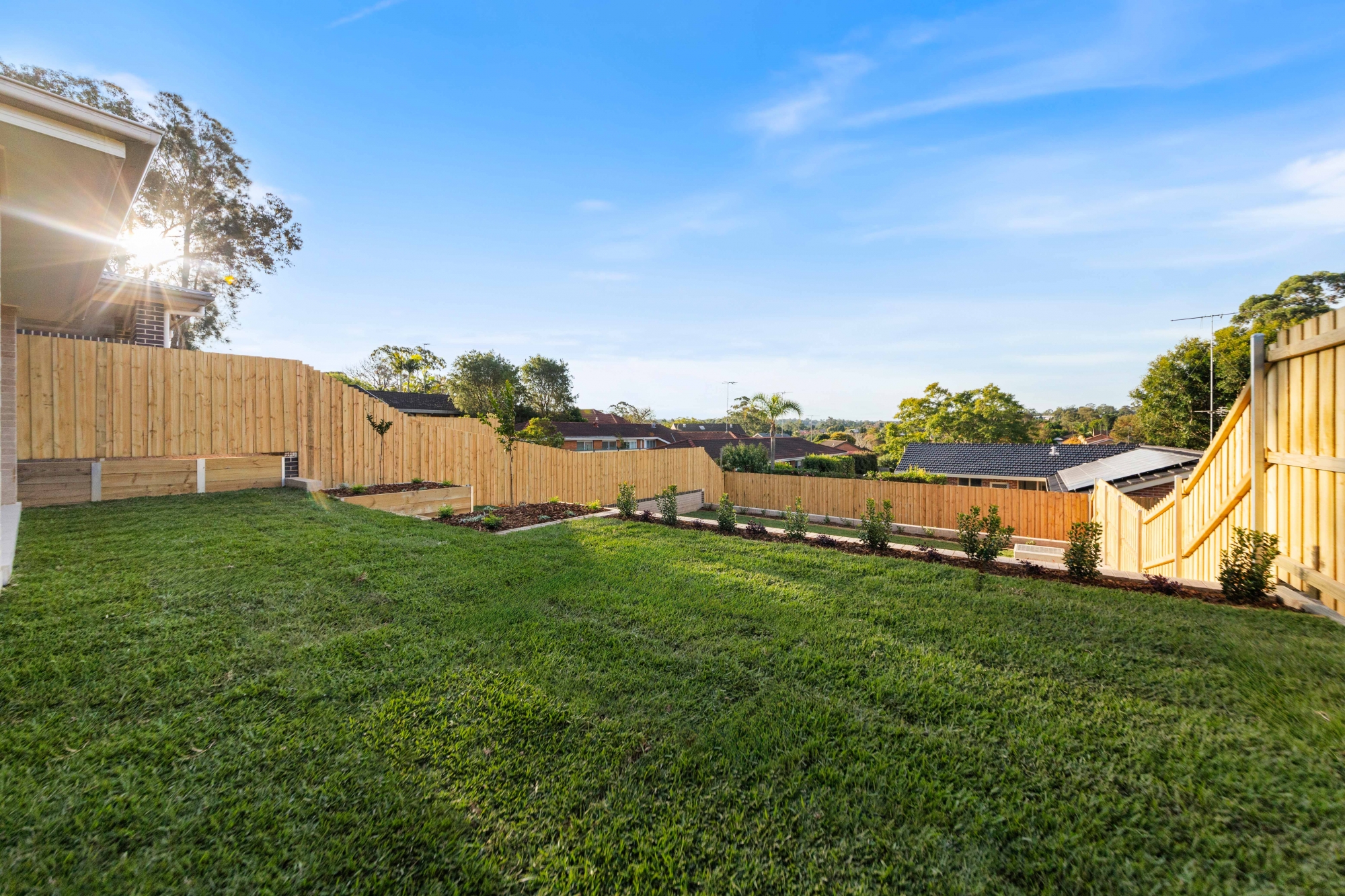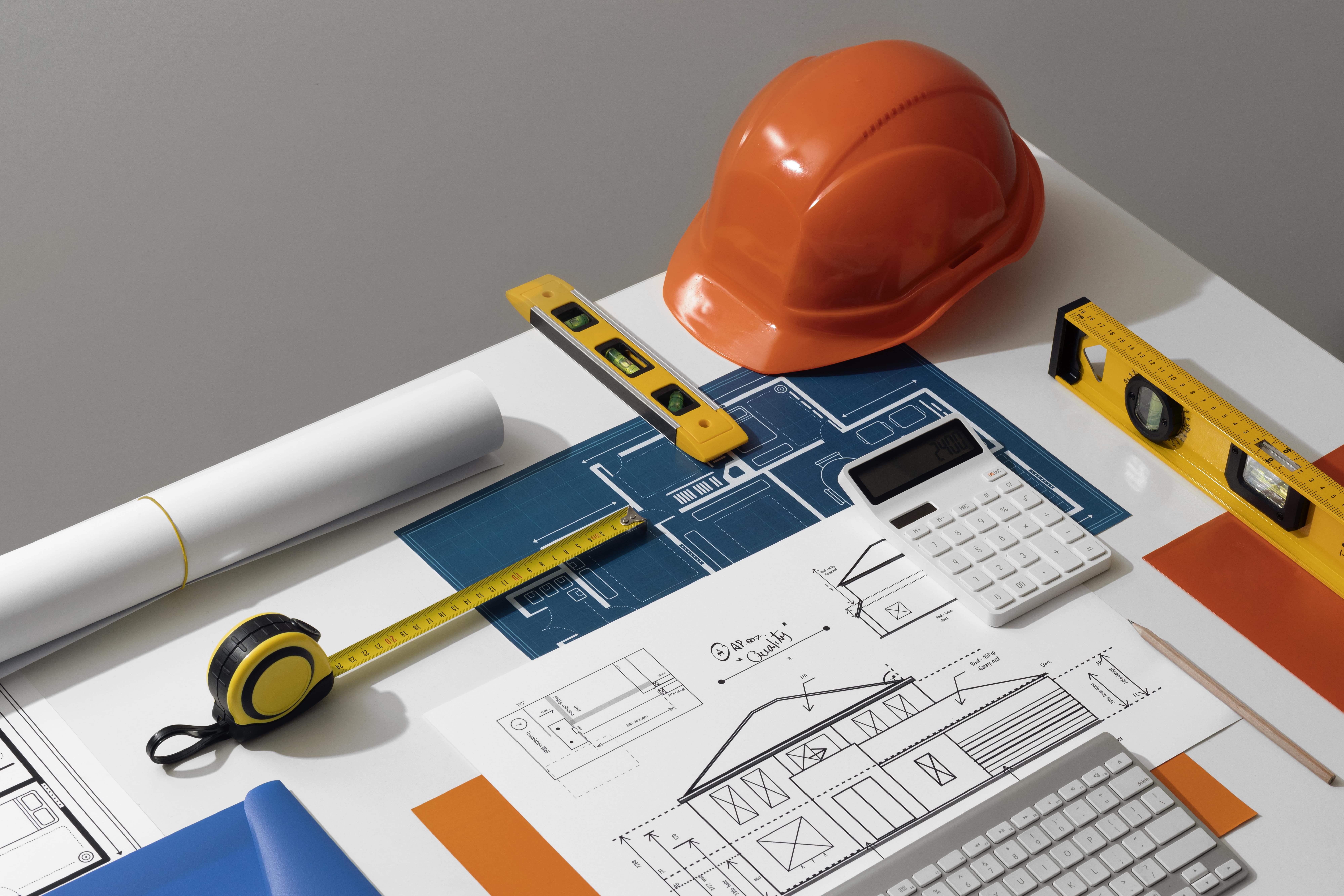
The Importance of Passive Solar Home Design
If you’re in the market for affordable, efficient and Earth-friendly solutions for your home, chances are you’ve heard of the term Passive Solar Home Design. This term refers to taking advantage of the climate to maintain a comfortable temperature within the home, no matter the season or time of day. In turn, a passive-designed solar home will reduce the need for extra heating or cooling by up to 40%, dramatically lowering the costs of running your home or the drainage rate on your solar power. Each of the eight different climate zones within Australia has its specific heating and cooling characteristics, and a Passive Solar Home Design will take the specifics of your climate into account to create the most comfortable indoor temperature for all occupants. The Nationwide House Energy Rating Scheme is an excellent resource to estimate the potential energy use of your home, the best rate of cooling and heating, and the proposed cost of your bills under a passive solar design.
The importance of passive solar home design is almost too great to measure and cannot be understated. With this innovative building technique, the thermal temperature of your home will remain steady and unchanged no matter what is happening outside. The Australian climate can be harsh wherever you live, with cold winters or incredibly humid summers, yet your home can remain perfectly temperate year-round while retaining low energy bills and reducing your carbon footprint. Passive design works by utilising the natural sources of warmth and cool, such as the afternoon sun or ocean breezes, by orientating your home perfectly on your block and meticulously designing the roof, walls, windows and floors of the home (the building envelope). The specifics of your design will limit the escape of well-tempered air and the intrusion of harsh temperatures.
The importance of solar home design is vast, but we have narrowed it down to 4 main points, including:
- Designed for your climate
Australia has a very varied climate depending on where you are, with 8 generalised zones to describe the expected weather. According to the Australian Building Codes Board, the 8 zones include:
- Climate zone 1 – high humidity summer, warm winter
- Climate zone 2 – warm humid summer, mild winter
- Climate zone 3 – hot dry summer, warm winter
- Climate zone 4 – hot dry summer, cool winter
- Climate zone 5 – warm temperate
- Climate zone 6 – mild temperate
- Climate zone 7 – cool temperate
- Climate zone 8 – alpine
A passive solar home design will consider your climate zone and you will have a home built to suit where you live. Your home will be positioned to get the most sunlight across all times of the day or to provide shade and cooling if you live in climates 4 and above. Your home will collect heat and store it to maintain a comfortable room temperature or reject heat and keep the cool in during those hot summers.
- Reduce your carbon footprint
Energy efficiency is always the most cost-effective solution in the long term, but by reducing the carbon footprint caused by your day-to-day heating and cooling, you could be radically improving the overall climate. Every time your air conditioner is turned on, the climate gets a fraction warmer due to the use of nonrenewable energy. The only proven way to reduce the warming impact of climate change is to reduce the greenhouse gases produced by day-to-day modern life. Many know and understand this fact, but know it is important to keep the home at a comfortable temperature to avoid overheating or illnesses such as the flu or even hypothermia. By using passive solar home design and solar panels, you will be lessening the use of greenhouse gases while remaining comfortable in your home. A passive solar home design is the most effective and efficient way to bring a perfect temperature to your home and your loved ones while reducing your carbon footprint and using only natural energy.
- Meant for more than just the indoors
During your design, the designer will consider the window glazing, sealing and shading of your home to provide maximum potential for temperature retention. Along with bringing perfect temperatures, your shading and sealing plans will generally be aesthetically pleasing and fit for your budget. According to energy.gov, in most Australian climates, outdoor shading and landscaping from products such as awnings, shutters and trellises, are essential to blocking summer solar heat gain. These aspects can increase your potential for outdoor entertainment as well as improve the look and comfort of your home.
- Enjoy the benefits of good insulation
Insulation provides resistance to heat flow and can lower your heating and cooling costs exponentially. Heat flow involves three basic mechanisms – conduction: heat moving through materials, convection: heat rising and circulating, and radiation: heat travelling and sticking to anything that will absorb its energy. Regardless of the mechanism used, heat will change from hotter to cooler until it can find a stable medium. This can cause heat to move from the populated spaces in your home to the voids such as garages and storage closets, even escaping to the outdoors through cracks and unsealed windows. The result of losing this heat will mean a more costly and difficult job caused to your heating system as the system works to replace the lost heat. In a passive design solar home, this is no longer an issue, with proper insulation keeping the hot air exactly where it’s supposed to be when you want it to be there.
A passive-designed solar home is an innovative, exciting and revolutionary option for bringing the best temperature to your home. Experience true, natural warmth that wakes up with you, or cool air that you can escape into, without leaving a mark on your bank account or the Earth.
For more in-depth information about a passive design solar home, visit the Government’s energy efficiency page here. The best time to include a passive solar home design plan is during your construction, but if you’re reading this and want to add it to your existing property, it can be done with both substantial and minor renovations. If you’re in the market for a new property, we can help you to assess whether your potential home will suit a redesign for thermal optimisation or if it has good passive design elements.
To discuss your desire for energy efficiency and a perfectly temperate home, contact our team. With over 35 years of combined experience and excellence, our team can work with you to achieve your heating and cooling goals, designing a passive solar home so you can experience the best of your climate. To request a callback, fill out your details through the link at the top of our page, and one of our friendly team members will be in touch.
Experience
the
Difference
Ready to start your building journey? Chat to our team of experts today and get a FREE personalised quote
Find Out More
Related Posts

